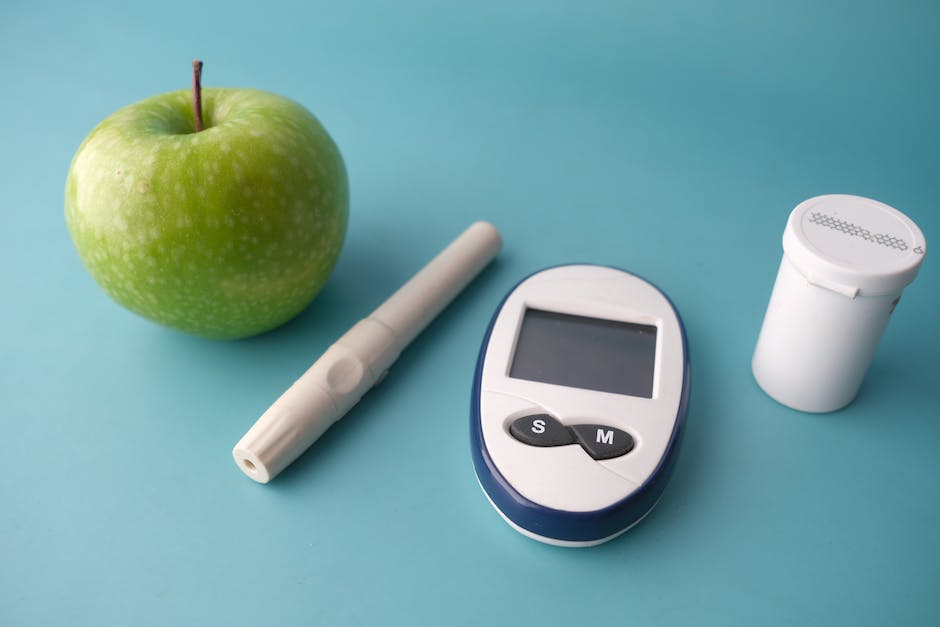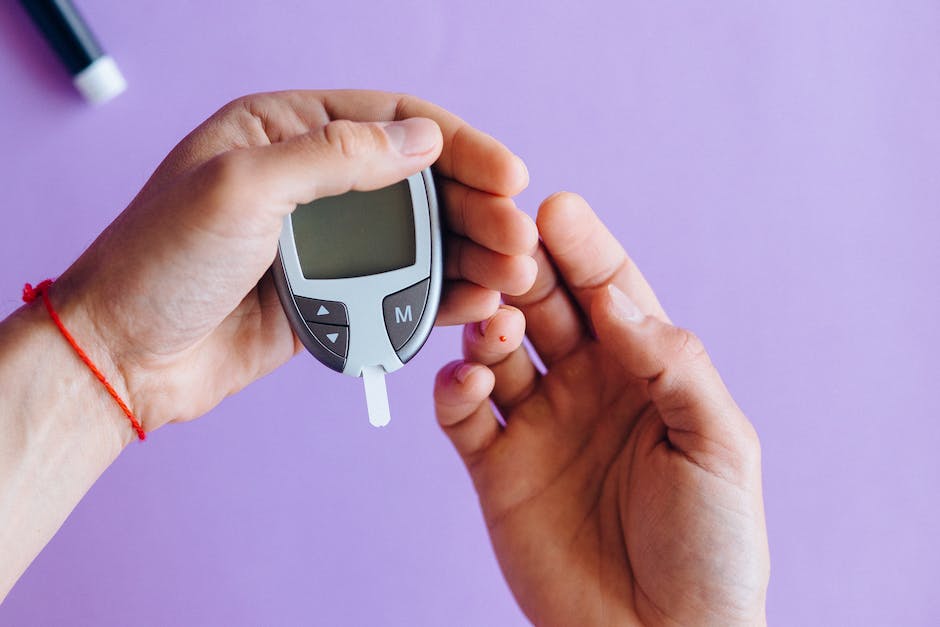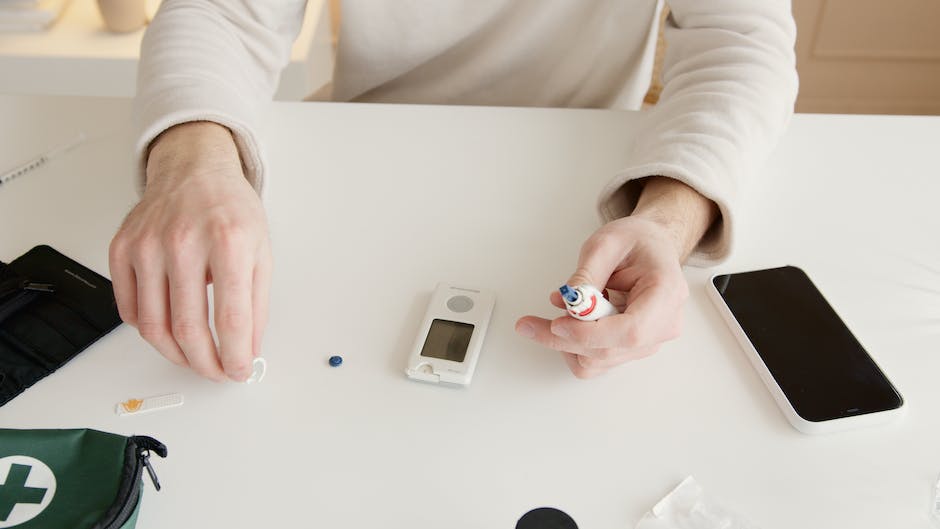Understanding our bodies and how they function can be a powerful tool in maintaining overall health, and awareness about conditions such as hypoglycemia could prove life-saving. The condition, commonly referred to as low blood sugar, impacts a significant portion of our population, specifically those with diabetes or other related conditions. This article seeks to provide insight into the world of hypoglycemia, exploring the condition’s nature, who’s susceptible to it and what sets it apart from hyperglycemia. Similarly, it aims to give a comprehensive rundown of the symptoms related to low blood sugar, highlighting a spectrum of signs from common to severe cases.
Understanding Hypoglycemia
Understanding Hypoglycemia: What it Means to Have Low Blood Sugar
Hypoglycemia, commonly known as low blood sugar, occurs when the amount of glucose—a type of sugar that provides energy—in your blood drops below the normal level. The standard range of blood sugar levels is typically between 70 and 110 milligrams per deciliter (mg/dL). Hypoglycemia can result from several conditions such as diabetes, certain medications, stress, and certain illnesses. It can affect anyone, but it is more common among people with diabetes and those on certain medications.
The Difference Between Hypoglycemia and Hyperglycemia
Essentially, hypoglycemia and hyperglycemia refer to conditions where your blood sugar levels are out of the normal range. The key difference lies in the direction of this deviation. Hypoglycemia is when your blood sugar levels are too low, while hyperglycemia is when your blood sugar levels are too high. With hypoglycemia, symptoms usually exhibit quickly and need immediate attention to prevent further complications while hyperglycemia’s symptoms appear gradually.
Identifying Symptoms of Low Blood Sugar
The signs and symptoms of low blood sugar can vary from person to person, but there are some common symptoms to look out for. These include feeling tired or fatigued, experiencing confusion or difficulty concentrating, experiencing hunger, irritability, or shakiness, feeling sweaty or clammy, and exhibiting an irregular or fast heartbeat. More severe symptoms can include seizures, unconsciousness, and visual disturbances such as blurred vision. While these symptoms can appear scary, they are your body’s way of signaling that you need to balance your blood glucose levels. If you experience these symptoms, seek immediate medical assistance.
Understanding Hypoglycemia: Identifying Those at Greater Risk
Though anyone can potentially experience hypoglycemia, certain individuals face a higher probability. Higher risk groups include people with diabetes, particularly those who are insulin-dependent or are on certain diabetes medications. Other at-risk demographics include individuals who consistently skip meals or do not consume a sufficient quantity of carbohydrates, resulting in potential blood sugar level decreases. Additional risk factors include excessive alcohol consumption, strenuous physical activity without adequate nutritional intake, and pre-existing conditions such as kidney disorders, liver disease, or hormone deficiencies. All these factors can contribute to a higher susceptibility to hypoglycemia.

Symptoms of Low Blood Sugar
Recognizing Hypoglycemia: A Comprehensive Look at Low Blood Sugar Symptoms
Hypoglycemia, more commonly known as low blood sugar, occurs when the sugar level dips below 70 milligrams per deciliter (mg/dL). This condition is common in those who have diabetes and are either using insulin or depending on certain oral medications. However, it’s not limited to them; anyone who hasn’t had food for an extended period, indulges in excessive physical activity, or has certain medical conditions that impact the liver or kidneys may experience these drops in blood sugar levels. Understanding these symptoms is vital to managing and preventing potential hypoglycemic episodes.
Common Symptoms of Low Blood Sugar
The most common symptoms of low blood sugar include fatigue, dizziness, shakiness, and disproportionate hunger. Individuals might also experience a rapid heart rate, irritability, sweating, trembling, or tingling sensations around the mouth or fingertips.
For instance, a person may get up from a seated position and suddenly feel dizzy or unstable. Or one might notice excessive sweating during a light physical activity that normally wouldn’t cause it. Increased irritability or anxiety may also arise seemingly out of nowhere.
Unusual Symptoms of Low Blood Sugar
Slightly less common but still noticeable symptoms can include disorientation, concentration problems, blurred vision, and even memory loss. Severe hypoglycemia can also lead to seizures, unconsciousness or coma, or even death if not treated immediately.
To illustrate, someone might find themselves forgetting words during a conversation or experiencing blurry vision while reading or watching television. Worse, a person could suddenly lose consciousness during an episode of severely low blood sugar.
Physical Manifestation of Low Blood Sugar in Sleep
Hypoglycemia can also manifest during sleep, and the symptoms can be somewhat different. Nighttime hypoglycemia might cause restless sleep, night sweats, vivid dreams or nightmares, and feeling excessively tired or confused upon waking.
An example would be a person who is usually a sound sleeper and suddenly starts waking up multiple times during the night, or wakes up to find their pajamas or sheets soaked with sweat.
Recognizing and Responding to Low Blood Sugar
Recognizing the symptoms of low blood sugar, or hypoglycemia, is crucial as early detection and treatment can prevent significant health problems. Upon noticing symptoms, it is recommended to consume around 15 grams of fast-acting carbohydrates such as fruit juice or regular soda, and then check blood glucose levels after about 15 minutes. If glucose levels remain low, continue to consume fast-acting carbohydrates and check blood sugar until it normalizes. In instances of severe hypoglycemia, where someone loses consciousness, immediate medical attention should be sought, and a glucagon injection may be given if available.

Managing and Preventing Low Blood Sugar
Low Blood Sugar Symptoms Explained
Hypoglycemia, or low blood sugar, happens when the body’s sugar (glucose) level falls below what is necessary for optimal functioning. The symptoms of this condition can greatly vary between individuals. Common signs include shakiness or nervousness, a rapid heartbeat, an intense sense of hunger, dizziness, excessive sweating, trouble concentrating, and feelings of weakness or fatigue. These symptoms may escalate to severe headaches, blurred or impaired vision, and in extreme cases, seizures or complete unconsciousness.
First Aid Steps for Low Blood Sugar
Reacting quickly to the onset of low blood sugar symptoms is crucial. During an episode of hypoglycemia, the immediate goal should be raising blood sugar to a safe level. This can be accomplished by consuming 15-20 grams of simple carbohydrates such as glucose tablets, fruit juice, soda, or hard candy. If conscious, the person should self-monitor their blood sugar levels after 15 minutes to ensure they are rising. If unconscious, emergency services should be called immediately, as severe hypoglycemia could lead to permanent damage or even death if left untreated.
Long-term Management of Low Blood Sugar
Managing low blood sugar in the long term primarily involves lifestyle changes. This includes maintaining a balanced diet with regular meals and snacks to keep blood sugar levels stable. Foods rich in complex carbohydrates, lean proteins, and healthy fats are ideal. Alcohol, caffeine, and high-sugar foods can cause blood sugar fluctuations and should be consumed in moderation.
Exercise also plays a key role in managing glucose levels. Regular physical activity can help increase insulin sensitivity and maintain stable blood sugar levels. However, it’s also important to monitor blood sugar before and after exercise, as physical activity can sometimes lead to hypoglycemia.
Medication and Low Blood Sugar
Certain medications can also lower blood sugar levels. If you are using medications to manage diabetes or other conditions, you should always check your blood sugar levels before taking them. If your blood sugar is already low, you may need to adjust the dose of medication or eat a small snack before taking it.
Preventive Measures for Low Blood Sugar
Preventive measures for low blood sugar mainly involve the monitoring of your blood sugar levels and being attentive to any signs of hypoglycemia. Regular check-ups with doctors are also essential for anyone with diabetes, as doctors can help monitor medication doses and adjust them as necessary to prevent hypoglycemic episodes. Education on managing blood sugar levels is also key – understanding your own body’s signals and knowing what to do in case of a low blood sugar episode could save your life.
Expert Advice and Research on Low Blood Sugar
Medical experts and research suggest that a focus on regular healthy eating, physical activity, diligent monitoring, and timely intake of medication can effectively manage and prevent low blood sugar. New technologies like Continuous Glucose Monitors (CGMs) can help in this regard by providing real-time glucose level data, allowing individuals to take corrective actions immediately. It is crucial to consult healthcare professionals for personalized advice tailored to your medical history and current health conditions.
Remember that while immediate interventions like consuming fast-acting carbohydrates can correct a low blood sugar episode, it’s equally important to consider the factors that caused it in the first place – it may have been a missed meal, excessive exercise, or ill-timed medication. Recognizing the underlying triggers and working to address them can help in preventing future episodes of hypoglycemia.

Recognizing the early indicators of low blood sugar and taking immediate action can make a significant difference in clinical outcomes. Emphasizing the importance of managing and preventing hypoglycemic episodes is vital for people at risk. This involves integrating immediate response strategies in times of a low blood sugar crisis and incorporating long-term lifestyle choices, for instance, improvements in diet, regular exercise, and appropriately administered medication as advised by healthcare professionals. By adopting these guidelines, we can mitigate the dangers associated with hypoglycemia, fostering a healthier and safer environment for those prone to this condition.
